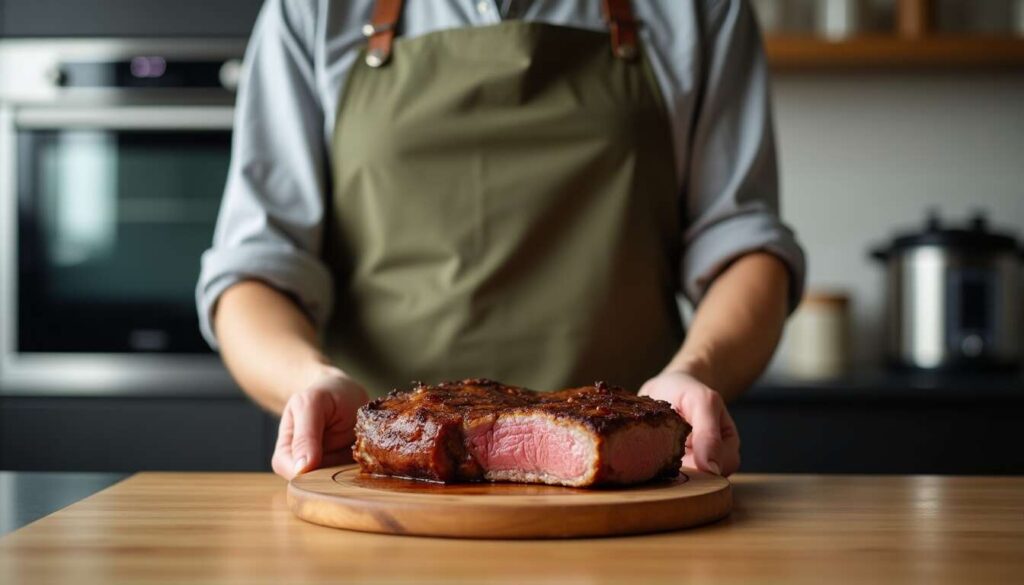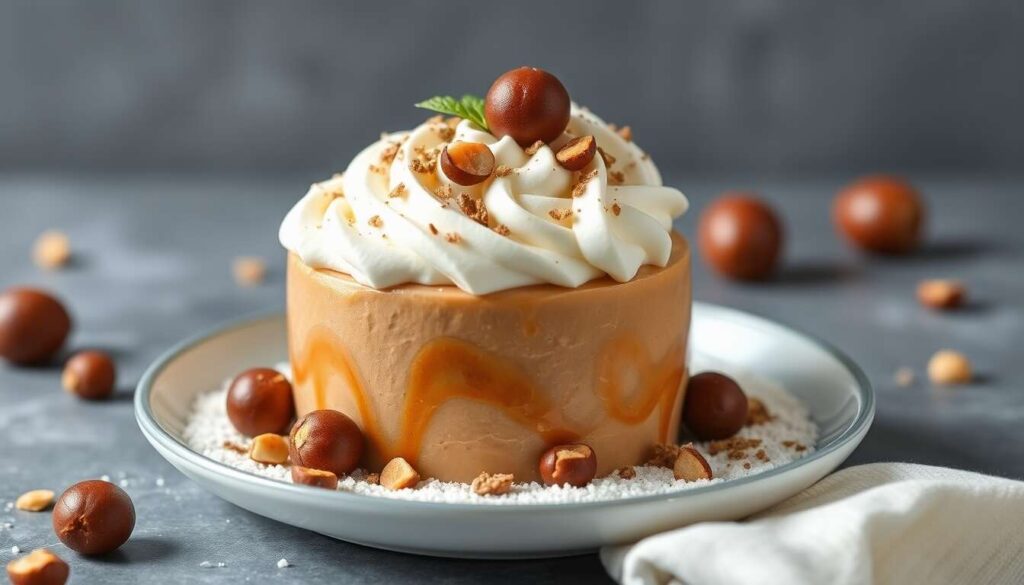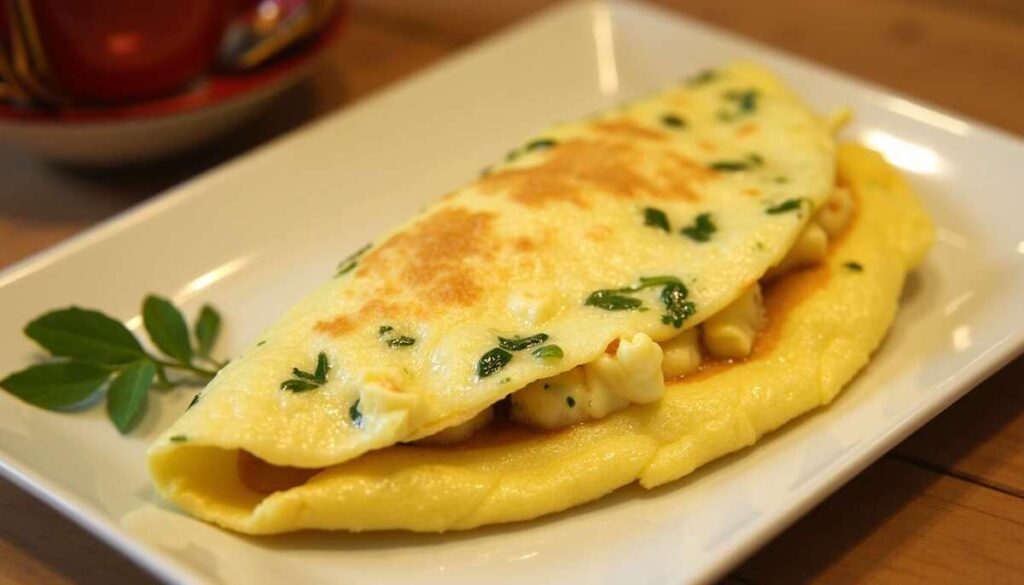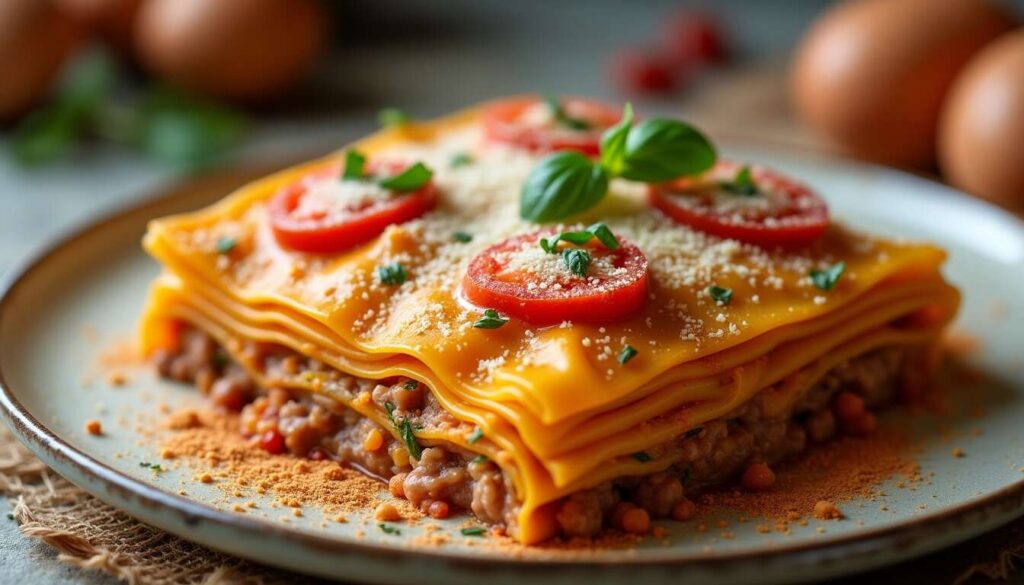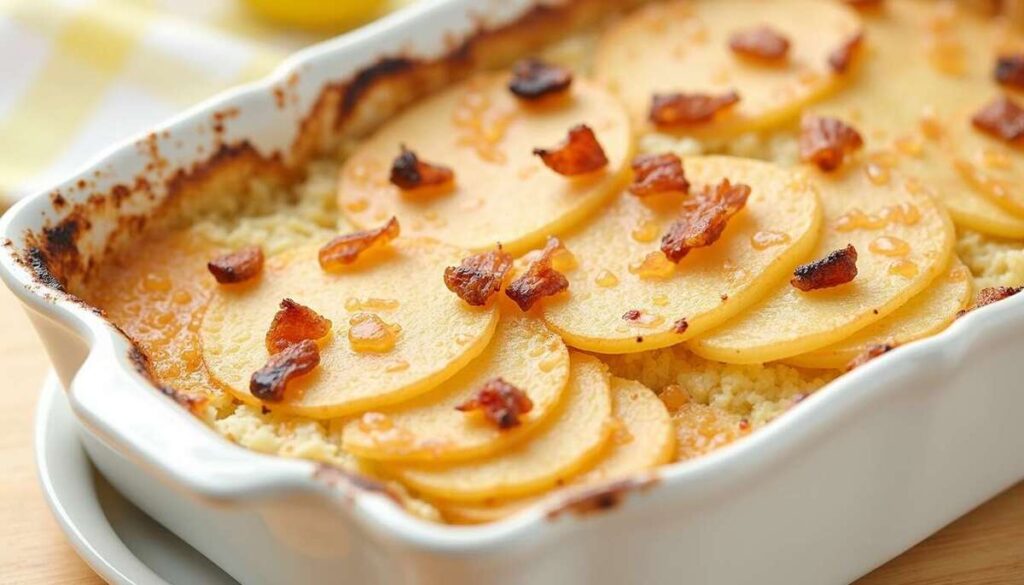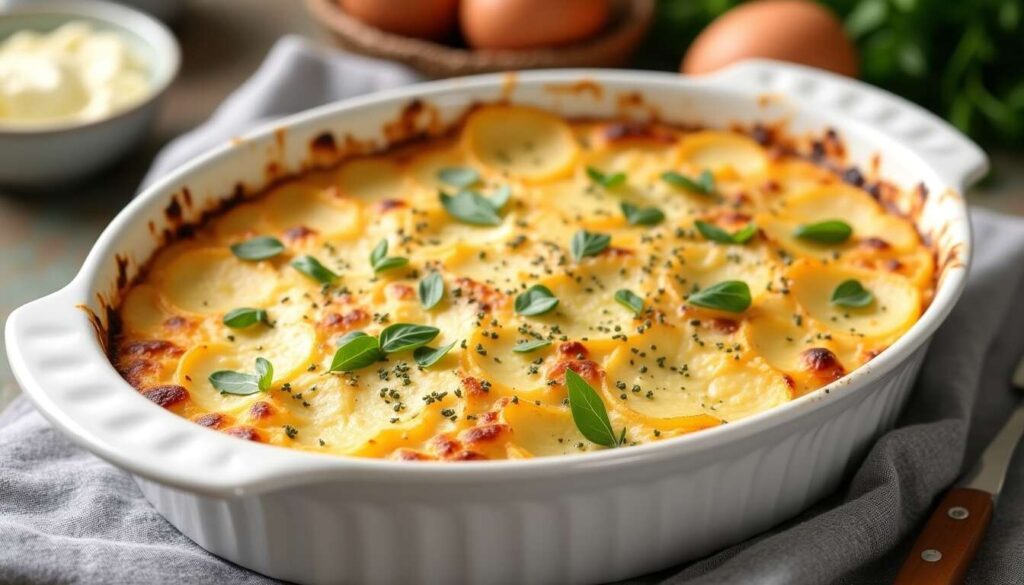In the realm of modern gastronomy, the art of cooking meat has often been simplified to meet the demands of time and convenience. However, there exists a traditional method that can elevate meats in an unprecedented way: slow cooking. This often-overlooked technique in our daily cooking allows for the full richness of flavors to unfold while preserving tenderness. Let us explore how to rediscover this art and its myriad benefits.
Understanding the Art of Slow Cooking
Origins and Advantages
Slow cooking, practiced for centuries, has its roots in ancestral culinary traditions. It involves cooking food over low heat for extended periods. This method offers several advantages:
- Preservation of nutrients, as low-temperature cooking prevents the degradation of vitamins and minerals.
- Flavor development, since prolonged cooking times allow aromas to concentrate.
- Tenderness enhancement, especially for tougher cuts of meat.
Different Methods of Slow Cooking
Among the methods of slow cooking, we find braising, sous-vide cooking, and low-temperature smoking. Each of these techniques yields varied yet always delightful results. By mastering them, you can make the most of any cut of meat.
Having explored the fundamental principles of slow cooking, it is crucial to select the right meats to fully benefit from this culinary process.
Selecting Meats for Perfect Cooking
Cuts Suited for Slow Cooking
The ideal cuts of meat for slow cooking are those rich in collagen, such as:
- Beef shank
- Lamb shoulder
- Pork roast
These cuts, often economical, offer a perfect opportunity to reinvent your staple dishes.
Considerations When Choosing Meats
Opt for quality products, ideally from free-range farming, to ensure superior taste and texture. Adhering to these criteria guarantees an even more flavorful slow cooking experience.
Once the cuts have been chosen, it’s time to discover how marinades can enhance your dishes.
The Secrets of Marinades for Elevating Your Dishes
Why Marinate?
A marinade is an essential ally for slow cooking. It helps tenderize the meat while infusing it with a burst of flavors. Key ingredients in a marinade include acids (vinegar, lemon juice), spices, oil, and possibly salt and sugar to balance the flavors.
Marinade Recipes
Here are some marinade ideas to embellish your meats:
- Citrus marinade for white meats
- Spicy paprika marinade for beef
- Italian marinade with olive oil, basil, and garlic for lamb
A perfect marinade primes your meats for slow cooking, bringing a new flavorful dimension. Let us now move on to mastering low-temperature cooking to ensure every dish is a success.
Mastering Low-Temperature Cooking
Choosing the Right Equipment
Investing in a good oven or a multi-cooker compatible with low-temperature cooking can make all the difference. These appliances ensure a uniform heat distribution, which is essential for successful slow cooking.
Ideal Temperatures for Each Type of Meat
| Type of meat | Temperature (°C) |
|---|---|
| Beef | 90-120 |
| Lamb | 80-100 |
| Pork | 85-110 |
This range of temperatures allows for gentle cooking, fully developing flavors without drying out the meat.
To enhance the tenderness and flavor of your meats, a few additional tips are vital.
Tips for Juicy and Flavorful Meats
Professional Tips and Tricks
For perfectly juicy meats, follow these guidelines:
- Allow the meat to rest after cooking, enabling the juices to redistribute evenly.
- Wrap the meat in aluminum foil during cooking to retain moisture.
- Add vegetables or broths during cooking to further enrich the flavor.
Finesse and Adjustments
The Art of Cooking also lies in adjusting cooking times based on the quantity and type of meat. Feel free to experiment to find your perfect harmony!
Rediscovering slow cooking is embarking on a rich culinary journey, where every piece finds its rightful place and reveals its essence.
Mastering slow cooking is ultimately about reconnecting with the pleasure of authentic cuisine. By selecting suitable cuts of meat, elevating them with thoughtfully crafted marinades, and cooking them with patience and precision, you ensure your guests experience unparalleled culinary delights. Slow cooking is not just a technique; it is a true art of living, allowing each meal to regain its unique dimension. Embrace these tips to reinvent your culinary routine.

